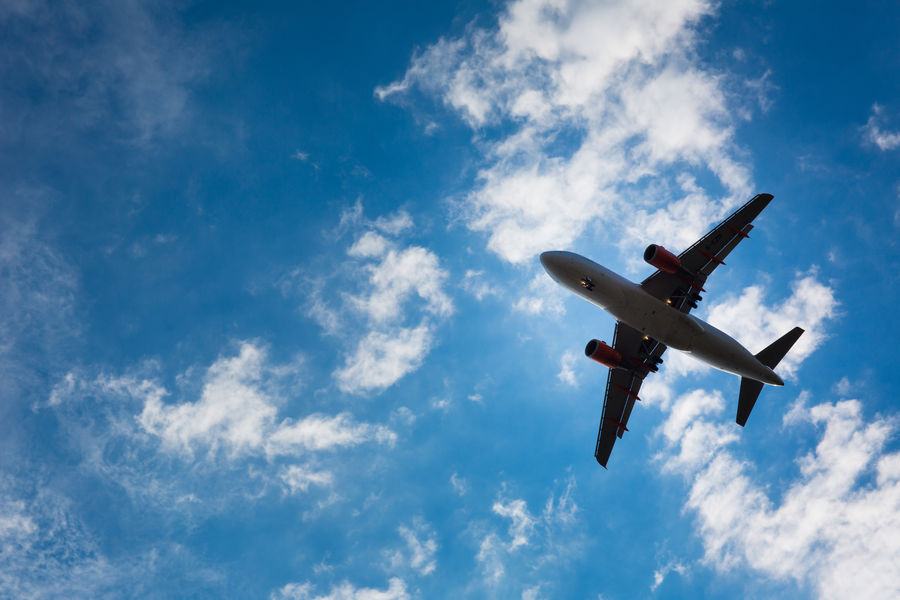
Fire support helicopters of the Armée de l'Air
The Fennec multi-purpose light helicopter for fire support tasks can be equipped with a 20-mm GIAT M621 cannon placed in a container carried on the right hardpoint.
As of June 2014, two SA.330B Puma Combat Support Helicopters belonging to Helicopter Squadron (EH) 1/67 "Pyrenees" Caso are stationed at N'Djamena Airport in Chad as part of the first official deployment of the Air Force. Helicopters of the French Armed Forces (Armée de l'Air–Adla) for close air support in missions abroad. The task itself, however, does not come as a surprise to SA.330 Puma helicopter crews, France was the first country to experiment with small arms systems for this type of aircraft and has since accumulated a lot of experience in this area.
At the beginning of French military operations in Algeria in the mid-19s, the French were the first to use helicopters for tactical tasks. Helicopters Sikorsky H-19 Corsaire were transported and landed, for example. French special forces soldiers are fighting with Algerian partisans. It quickly became clear that the H-XNUMX were vulnerable to enemy fire from the ground, even from small-caliber weapons, so some experienced pilots suggested arming helicopters so that they could independently clear the landing site and provide cover during critical landings or sabotage operations. taking phase. The problem was the position of the Air Force command, which was not convinced of the need to re-equip helicopters with weapons. Until now, the tasks of helicopters included only reconnaissance, transportation and landing of cargo and people, as well as the evacuation of the wounded, the change in the function of helicopters from auxiliary to one of the most important elements of tactical operations has not yet been fully noticed and understood.
Colonel Felix Brunet, one of the most experienced helicopter pilots, without waiting for the green light from the Air Force command, in 1956, together with a group of colleagues, attempted to test various types of weapons on the Sikorsky H-19 (S-55). ) and Sikorsky H. 34 (S-58) helicopters. The crews tested the use of different types of weapons on their own, without formally applying for permission to change the layout of the airframe and the installation of weapons. When, in 1957, Brunet finally convinced the Air Force command of the need to arm helicopters, the H-34 prototype called "Mamut" received a 151-mm MG20 cannon installed in the open door of the cargo compartment, and two 12,7-mm heavy machine guns in the rear windows. The codename "Mamut" was changed in 1960 to "Pirat" (Pirate) and is still in use today. A few years later, the H-34 service was replaced in the seventies by a new generation of AdlA "Pirates" in the form of the SA.330B Puma. Over the decades of operation, armed Puma helicopters have completed numerous combat missions. One of the most recent examples is their participation in Operation Epervier in Chad.
The modern use of helicopters for close air support still resembles the first missions in Algeria, despite changes in weapons, other adversaries and a much greater role of intelligence and information superiority over the enemy. Typically, armed helicopters arrive at the drop site ahead of the transport vehicles, guarding the drop zone so soldiers can safely leave the helipads.
The main difference in the implementation of fire support between aircraft and helicopters is contact with the enemy. The pilot of a jet combat aircraft has the ability to drop a laser-guided bomb from a great distance, even without direct eye contact with the target; Helicopter pilots, on the other hand, are always close to the target. With the exception of the 8 km range of the XNUMX km Hellfire air-to-ground attack helicopters planned for deployment, all other weapon systems used by French military aviation helicopters required visibility of the target from the crew.
